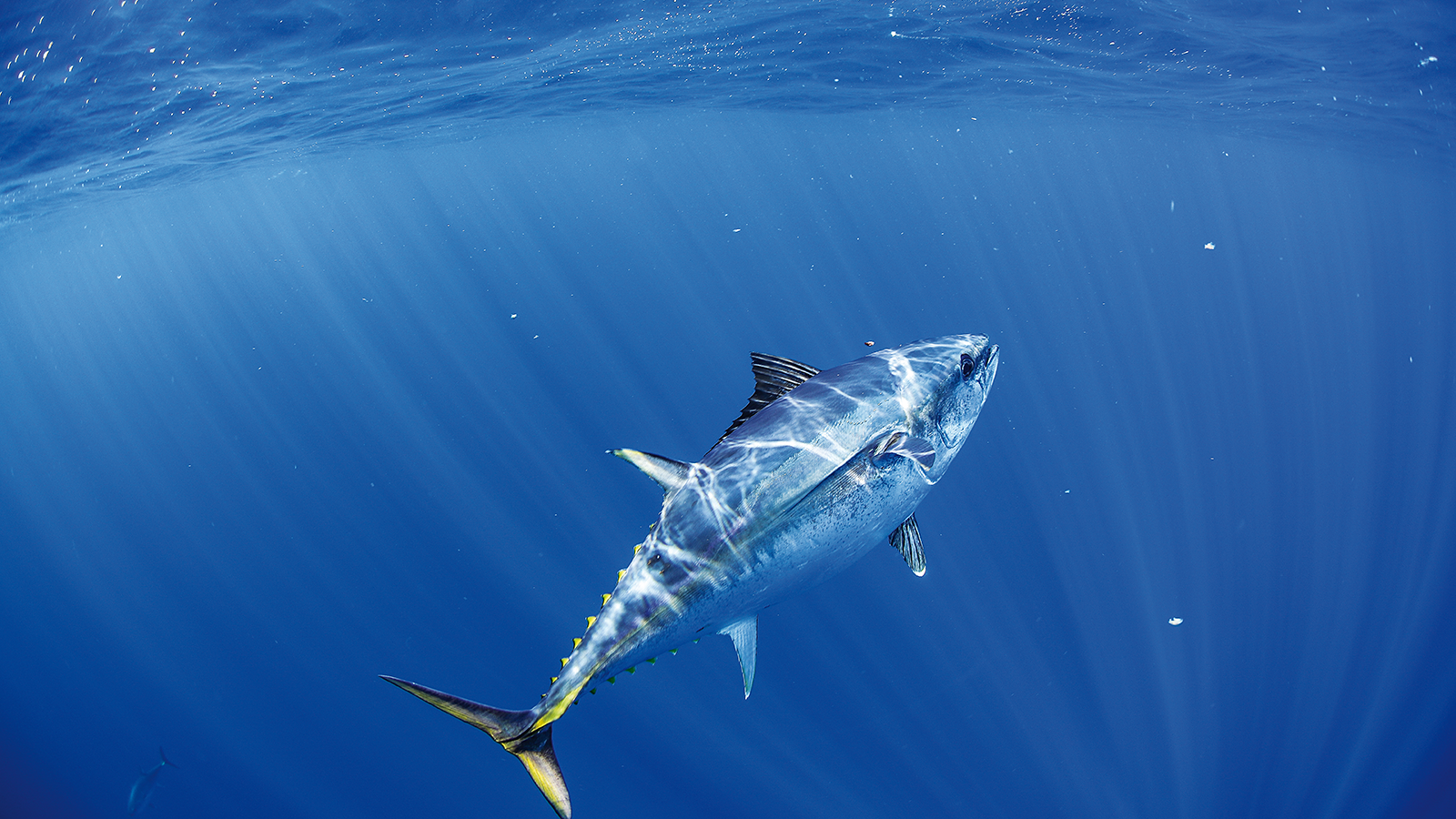Despite decades developing more selective fishing gears, bycatch and discarding remain major fisheries issues throughout the world with demersal prawn trawling still considered one of the least selective fishing methods. In addition to large quantities of bycatch, demersal trawling can also disturb benthic habitats, upon which prawns and associated ecosystems depend. Not only can such disturbances affect these systems, they also contribute to the high energy needs of trawlers, reducing their fuel efficiency. Issues of bycatch and fuel efficiency are now becoming uppermost in the concerns of many stakeholders including: prawn trawl operators (who wish to reduce running costs and discard handling), environmental groups (who are concerned about ecosystem disturbance and energy use), eco-labelling agencies (whose requirements focus on bycatch and habitat impacts), and the general public (who dictate the social licence to operate for such fisheries). These issues have therefore attracted the attention of many governments and international agencies such as the Food and Agriculture Organisation (FAO)—who first coined the term Low Impact Fuel Efficient gears (LIFE) for methods that reduce bycatch whilst improving fuel efficiency. For several decades Australia’s gear technologists have been developing solutions to such issues, the end-result of which is detailed information on a broad array of technologies that can ameliorate them. It has been decided that the next phase in progressing solutions throughout Australia is to disseminate the available information to as many prawn fishers, net makers, jurisdictional scientists and managers as possible via a series of port visits and workshops. At these workshops, specific bycatch and efficiency issues for each fishery will also be identified and potential solution(s) developed, together with a timeframe for examination and an appropriate work team.
Final report
- More streamlined permit-approval processes for fishers to trial modifications;
- A system where fishers could be trained in the use of, and get access to, FRDC’s Notus
portable acoustic net measurement sensors and load cells; - Examine the utility of LED lights and other anterior modifications to elicit behavioural
responses and reduce bycatch; - Test the recently developed fisheyes (Kon’s and the FishX 70) against the square mesh
panel to reduce bycatch of small fish; - Check and assess knot orientation to reduce bycatches and improve fuel efficiency;
- Designing retroactive modifications to otter boards that facilitate variations from approx.
350 when deploying to the critical 200 when fishing to reduce drag and fuel consumption; - Examine anterior modifications to reduce sawfish bycatch including electromagnetic
stimuli and/or LED lights; - Using round/oval TEDs instead of rectangular TEDs; and
- Examine soft brush ground gear to reduce benthic impacts and drag.









